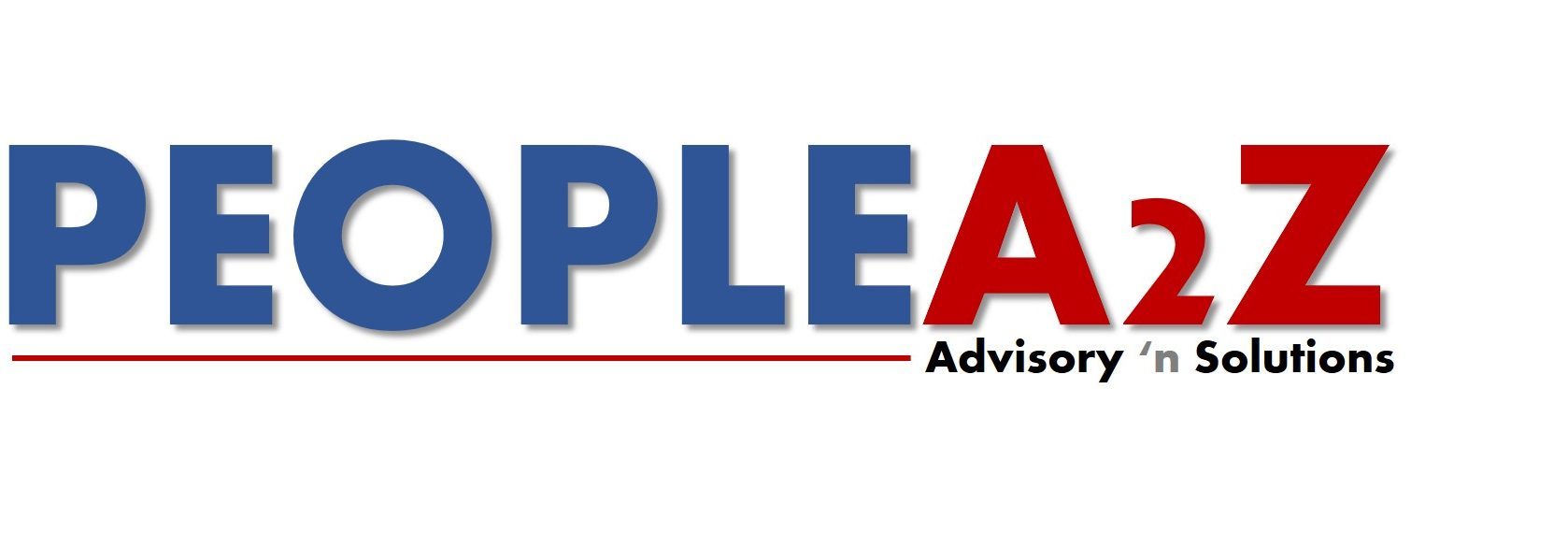
Introduction
People development is at the heart of any organization, and this is particularly true in India. The urgent focus is on how organizations can gain competitive advantage through its people. A structured approach for this is a continuous emphasis on enabling performance excellence through innovative HR strategies for attracting, nurturing and retaining talent. Numerous organizations have done their bit to ensure that their people strength is not compromised but there are still many more that think of cutting people costs without a blink of an eye – like we often see the uncouth slash of training budgets and manpower cost when faced with a crisis.
Four Critical Dimensions of Best Practices
Attract and Access:
Attracting and retaining talent is becoming a big problem for every organization, they are following every trick and strategy to recruit and retain the employees.
Develop and Grow:
Nowadays organizations try to recognize the aspirations of employees and focus on their growth and development. India provides job rotation opportunities to high – performing employees from operations division. This gives them broader understanding of the business.
Engage and Align
Employee engagement has retained the focus of organizational leadership and many companies keep launching new practices to woo employees. They are using innovative practices like “Loyalty Interview”- to find out what is it that makes its employees stay on, the feedback from loyal employees often reflects on the leadership style and is seen to work as a great motivation.
Transition
Movement of talent within the organization and outside of the organization sends strong signals to the employees about the organization’s care and concern. Right from the induction, which is often the first impression the employees carries, to the exit interview, the sensitivity displayed by the organization has a lasting impact on all employees.
Innovative practices in HR areas
Use people analytics to drive the HR practices
Let’s start with Google, a company synonymous with continuous innovation. The company makes calculated decisions in everything it does, including HR. Basically, Google uses people analytics to steer their people management practices. All their decisions are based on what data reveals and nothing is decided purely on gut feeling or done according to the old school HR practice of relationship building. Google has a scientific approach to everything from improving retention, diversity, workplace collaboration to hiring algorithms of what type of candidate has the highest probability to succeed. In short, nothing is left by chance.
Have regular searchlight meetings
Companies such as Facebook and Dropbox use what they call searchlight meetings as a sourcing approach to finding new talent. They are short, informal and fun meetings where employees make hiring suggestions to the HR staff. Yes, long gone are the days where your HR department spams the entire company, by begging its employees to recommend people they know for an open position. Instead, companies should get people together, chat and make their referral program an event.
Give more power to the people
Zappos has gotten rid of job titles, managers and its hierarchy and has implemented what is now called a Holacracy, something which replaces the top-down model and distributes power across the organization. Is it absolute madness? Or is it a clever way to give more autonomy to the people on the floor? One of the core ideas of a Holacracy is to make people take personal accountability for their work and give them the flexibility to pursue what they are passionate about. Moreover, it’s meant to overcome the limitations of more conventional structures that can create bottlenecks and hinder quick decision-making.
HR sustainable cost reduction
HR Sustainable Cost Reduction (SCR) is a performance methodology that is offered by many HR consultants to the clients. It has the ability to quickly and costs effectively identify opportunities to reduce spending and drive efficiency throughout the organization. Helps to develop a strategic roadmap for assessing HR and addressing priority improvement areas. Utilizes a fact-based approach for understanding spending and cost drivers that have the highest potential impact to the organization. Provides insight into management of pivotal employees to allow for a more systematic approach to staff reduction
Retention of the top talent
It’s easier and far more cost effective to invest in the retention of your staff than it is to rehire, retrain, and realign a new staff member. Following are the practices to retain top talent:
- Recruit the right people in the first place.
- Improve the line manager’s ability to manage.
- Give employee’s constant feedback about clear, meaningful goals.
- Empower employees to manage their own careers.
- Proactively drive talent mobility.
- Continuously measure and improve retention strategies.
ESOP (Employee Stock Options)
This policy is mainly for top executives. The policy provides the employees with stocks of the company which can be en-cashed by selling of stocks only after a minimum time period, say 5 years. This policy is good in two ways. One it links the performance of employees with the growth of organization and personal rewards. So if employee performs well, stock prices of company will rise, which results in growth of company and employee will get higher income on encashment. Second is, it increases employee retention. It requires the employee to stay for considerably longer period to reap the benefits.
MDP (Management Development Programs):
This policy is related to succession planning in organization. Management identifies high potential employees who leadership skills and train them to take up higher level positions in organizations. The program is long term and at times it starts even five years before employee would actually take up the leadership position. In present scenario the TATA group incorporated succession planning to find a successor to Ratan Tata.
Be creative with your investment in people:
This includes making use of Job enhancement, job enrichment and various other vertical as well as horizontal growth of the employee. In addition to that, the more you give people transferable skill to your employee, the less likely they are to transfer. IBM confine to Leadership training and social responsibility that increased the employee’s likelihood of completing their career with IBM.
Work life balance
- Work from home policy
- Flexi timings
- Reporting pattern
Role of HR in Driving a Sustainable Business
The term sustainable business is broad, forward looking and stakeholder oriented business. So, from HR prospective it includes:
- Creating a sustainable vision, mission, values and strategy
- Creating an aligned leadership
- Creation of appropriate organization structure and governance mechanisms to drive the sustainability agenda
- Development of key HR capabilities to drive sustainability and create sustainable HR systems and processes
- Ability to attract, engage and retain the right set of people and align them to the sustainability agenda
- Developing the ability to learn and share best practices
Deepak Bharara – CHRO LANCO INFRATECH LIMITED
- November 14, 2016
- Posted by: Deepak Bharara
- Category: Best Practices

